Established in 1969, the 45,000 acres of the refuge protect coastal wetlands for wintering waterfowl and other wildlife. Fishing and hunting is permitted in some parts of the refuge at designated times of the year. There are multiple hiking trails and a 9.4 mile auto tour. We began our visit with a short hike on the San Bernard Oak Trail (.7 mile). It meanders through an old growth stand of live oak, pecan, hackberry, and ash.
At the end of the trail is the San Bernard Oak, designated the Texas State Champion Live Oak in 2003. At that time the circumference was 32.2’, 67’ tall, 100’ spread, and is estimated to be 300+ years old. Other large oaks in the surrounding forest have protected the San Bernard Oak from high winds, hurricanes, and lightning strikes. The boardwalk has a bench to view the tree and surrounding area...very peaceful.
I am always interested in the fascinating fungi we see in forests throughout the US. Here are a couple we saw from this trail.
We began the Cocklebur Slough Auto Tour (bicycling is also permitted on the auto tour route). The tour passes through a fresh water slough, several ponds, upper salt marshes and woodlands. We stopped to hike Bobcat Woods Trail.
Bobcats and coyotes live in these coastal woodlands, but we did not see any of these stealthy critters (unfortunately). A new boardwalk was being installed here, as well.
The Wolfweed Wetlands are salt marshes where we saw lots of ducks. Our sweet doggy, Sadie, was keeping a sharp eye for them from the observation deck.
At Cow Trap Marsh we saw waterfowl everywhere, but all were at a distance.
We also saw lots of hawks, but the only pictures I was able to capture where of two in flight.
Sometimes there are tens of thousands of migrating birds here, but not at the time we visited. Nonetheless, we are never disappointed when we visit one of the 550 National Wildlife Refuges in our country. I am very thankful for those that had the foresight to set aside these feeding grounds for migrating birds.
For additional information about San Bernard NWR, go to www.fws.gov/refuge/San_Bernard.



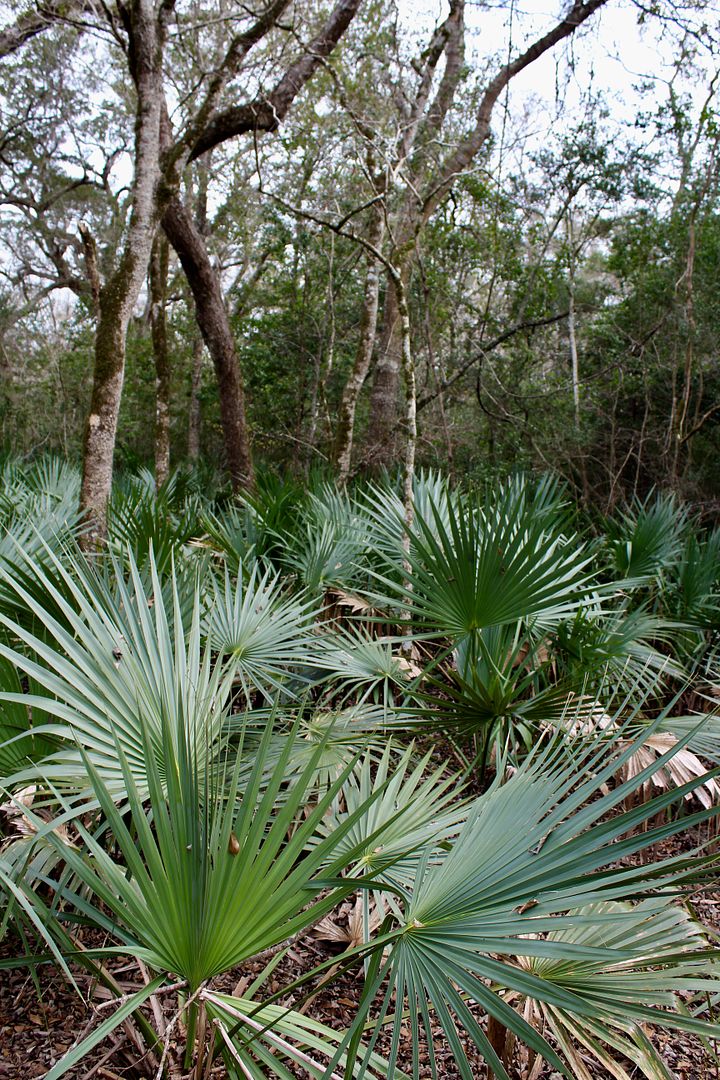
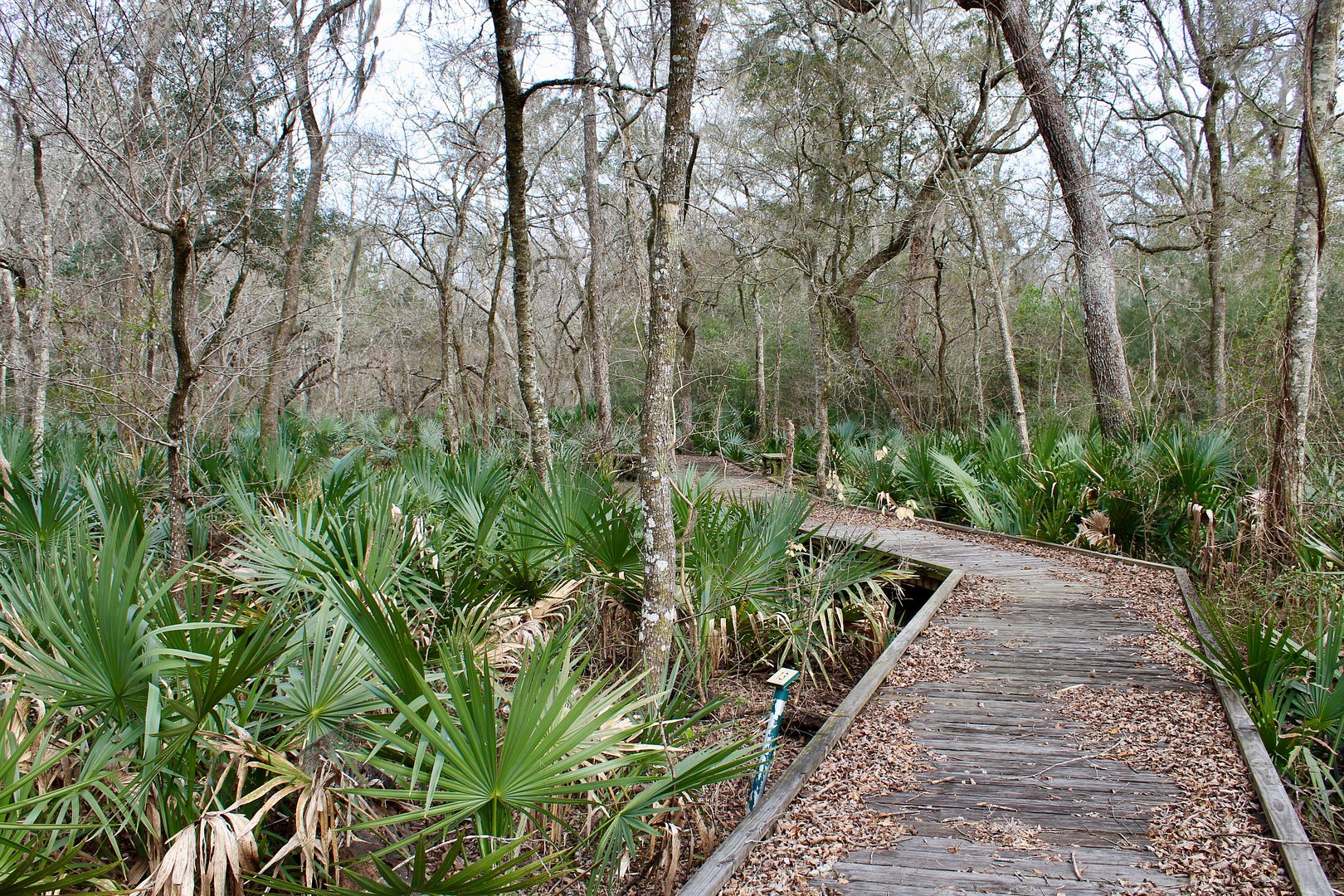


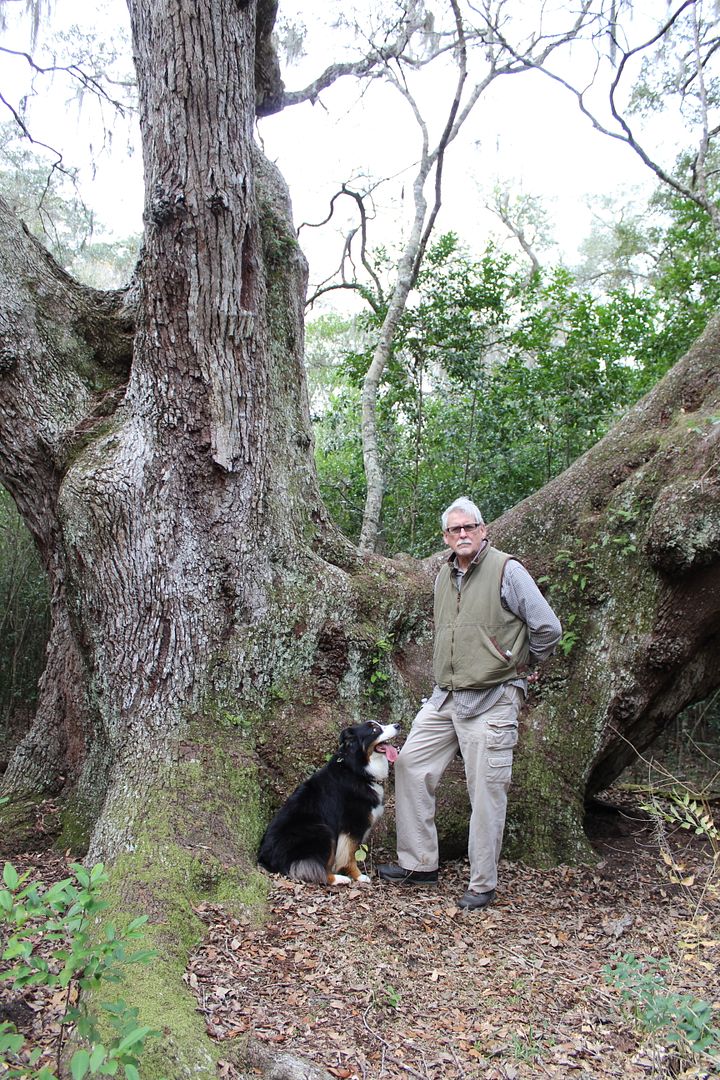
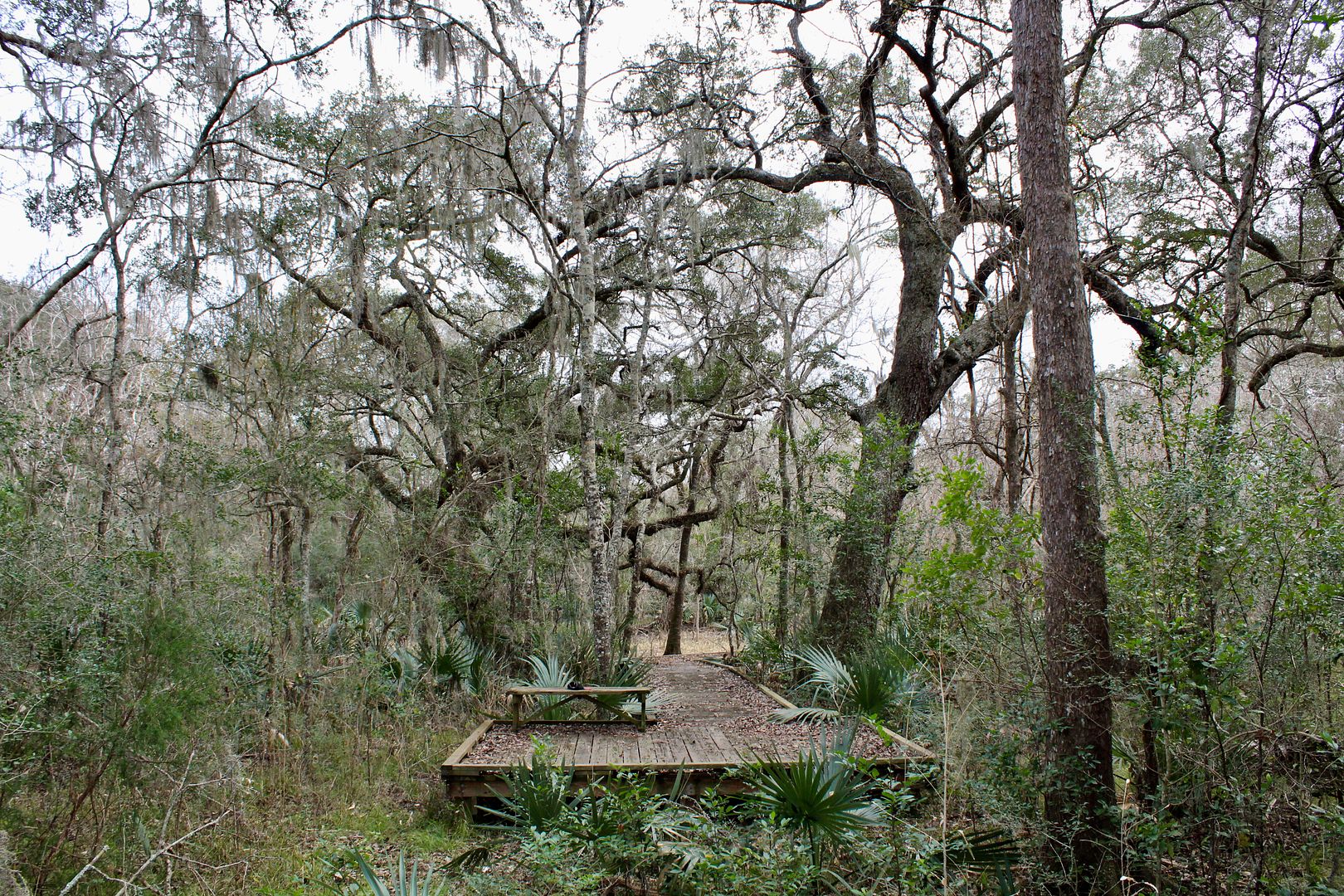
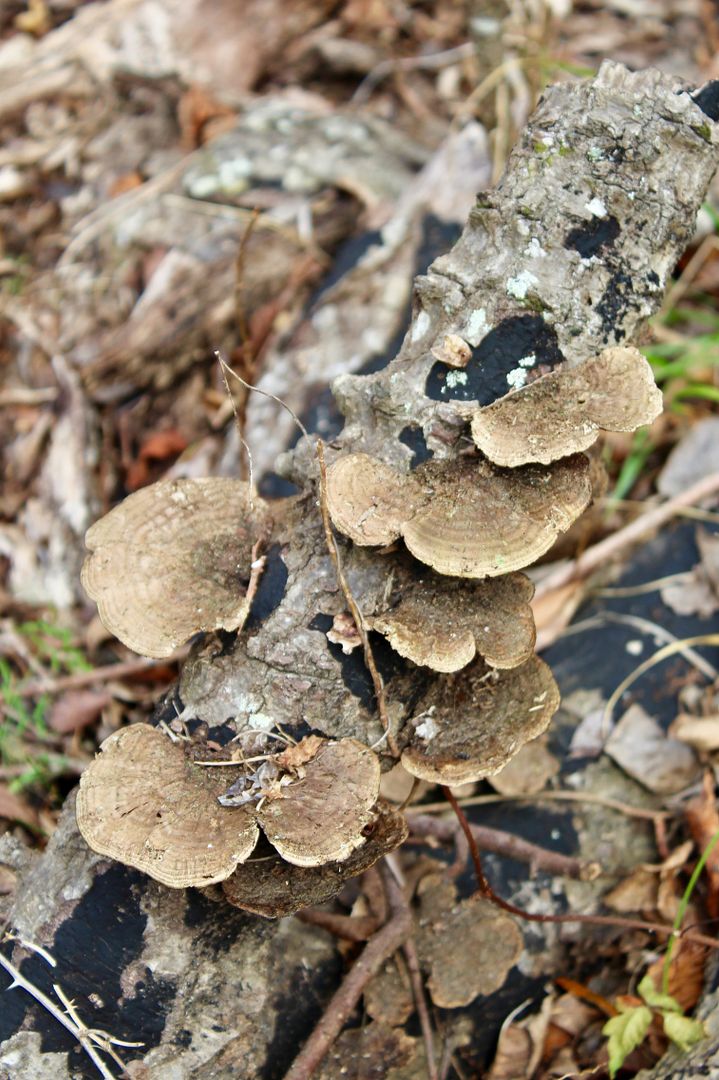
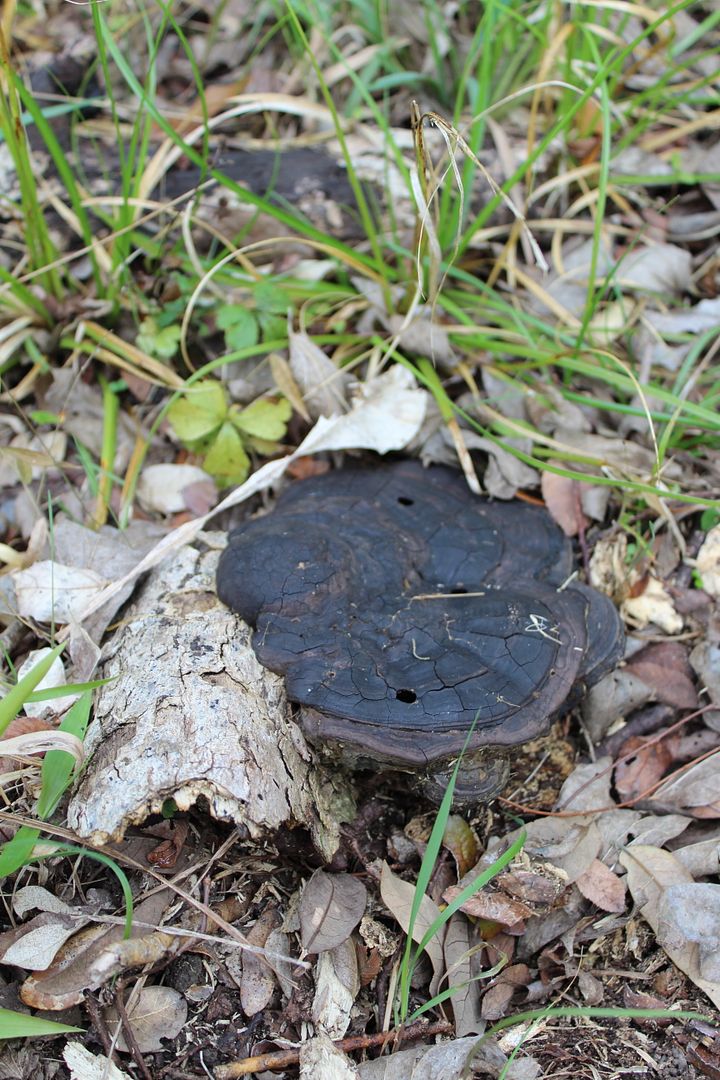
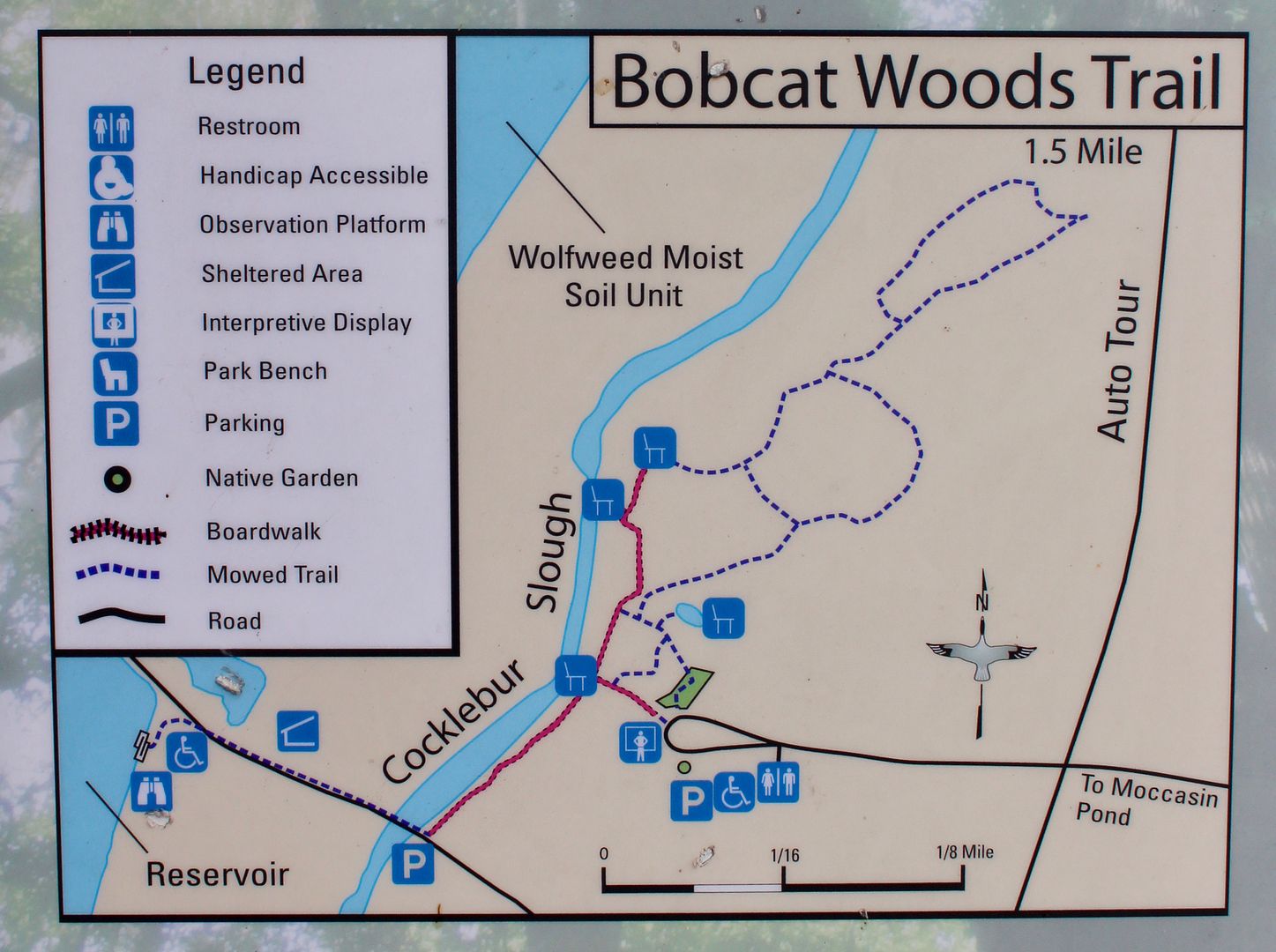
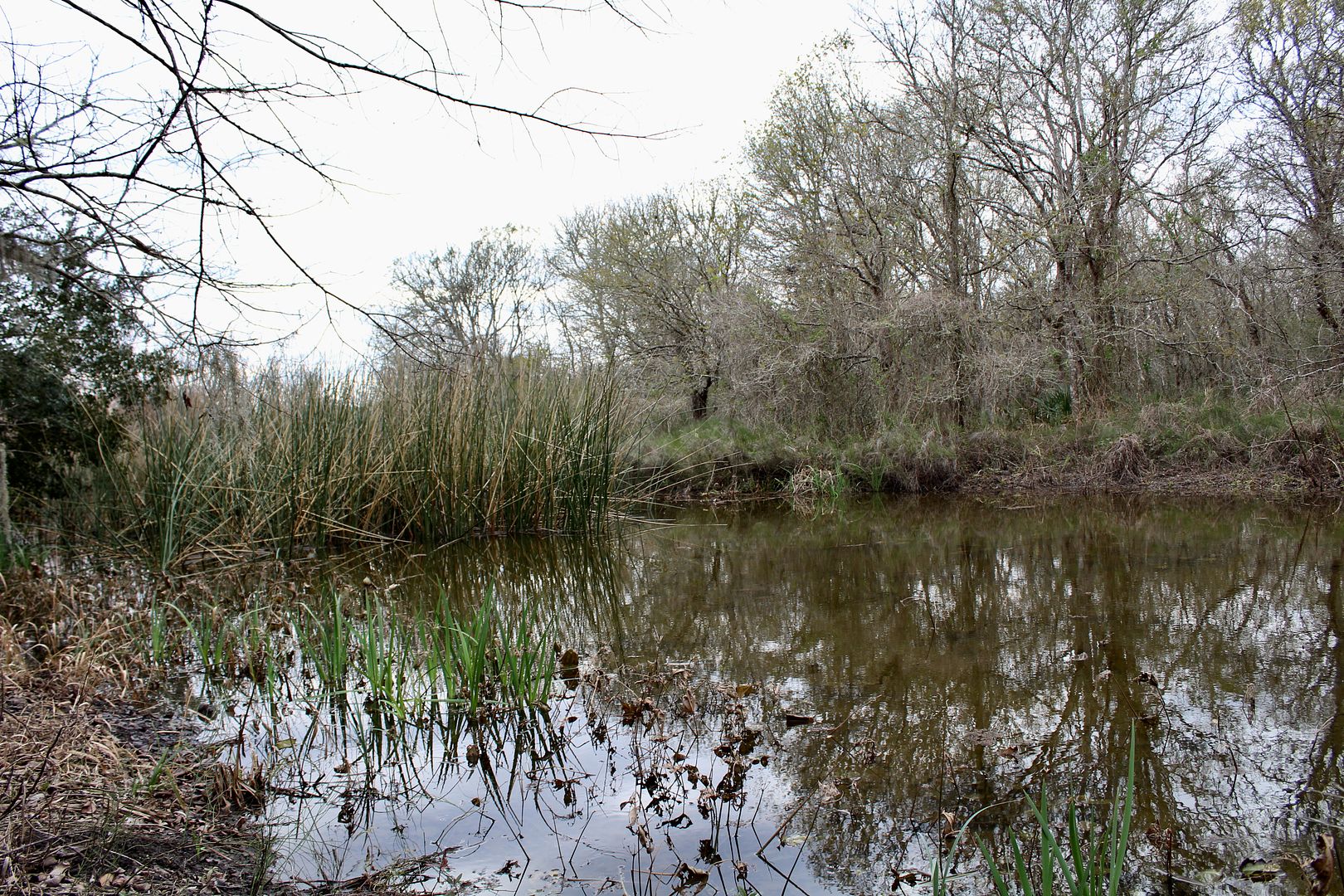
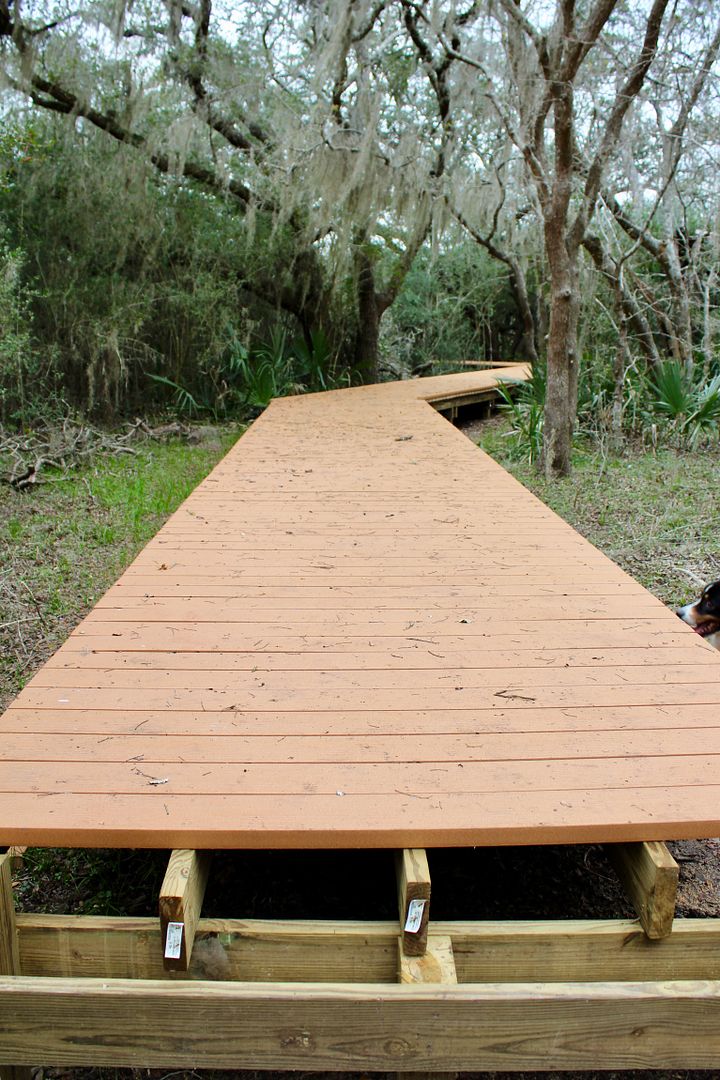
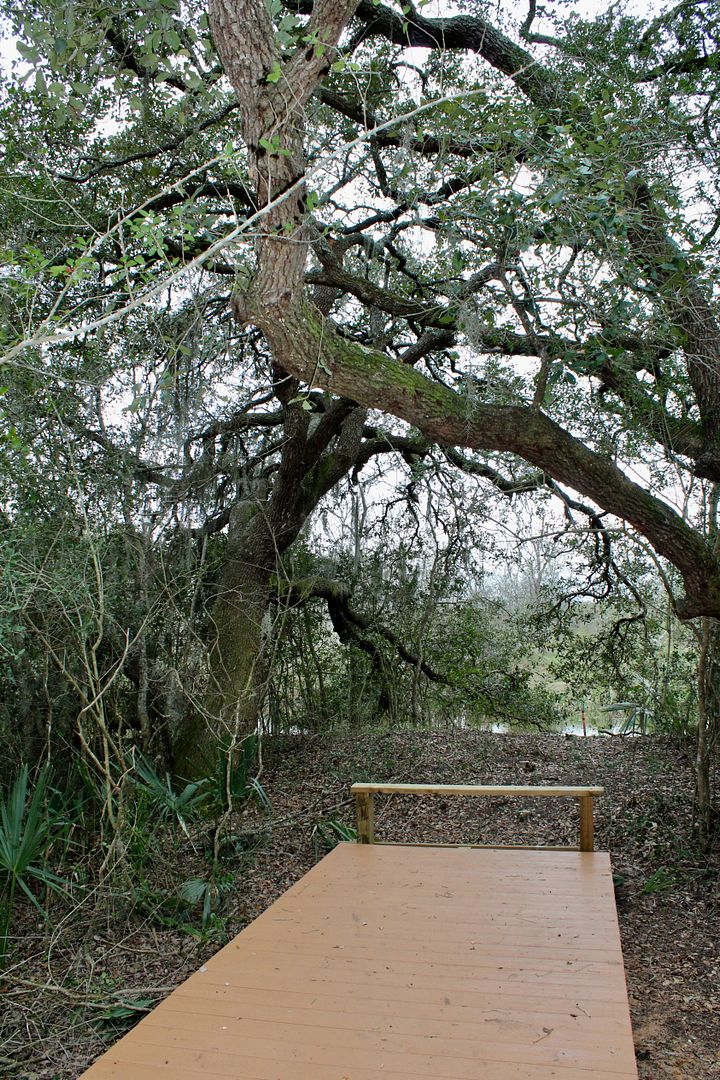
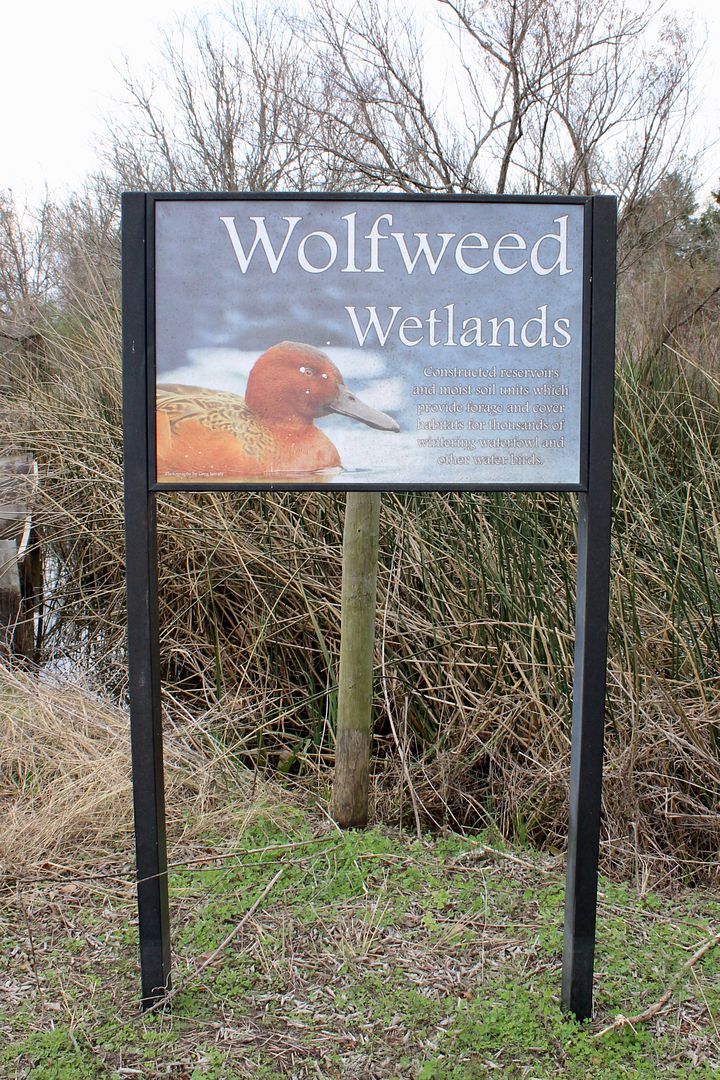
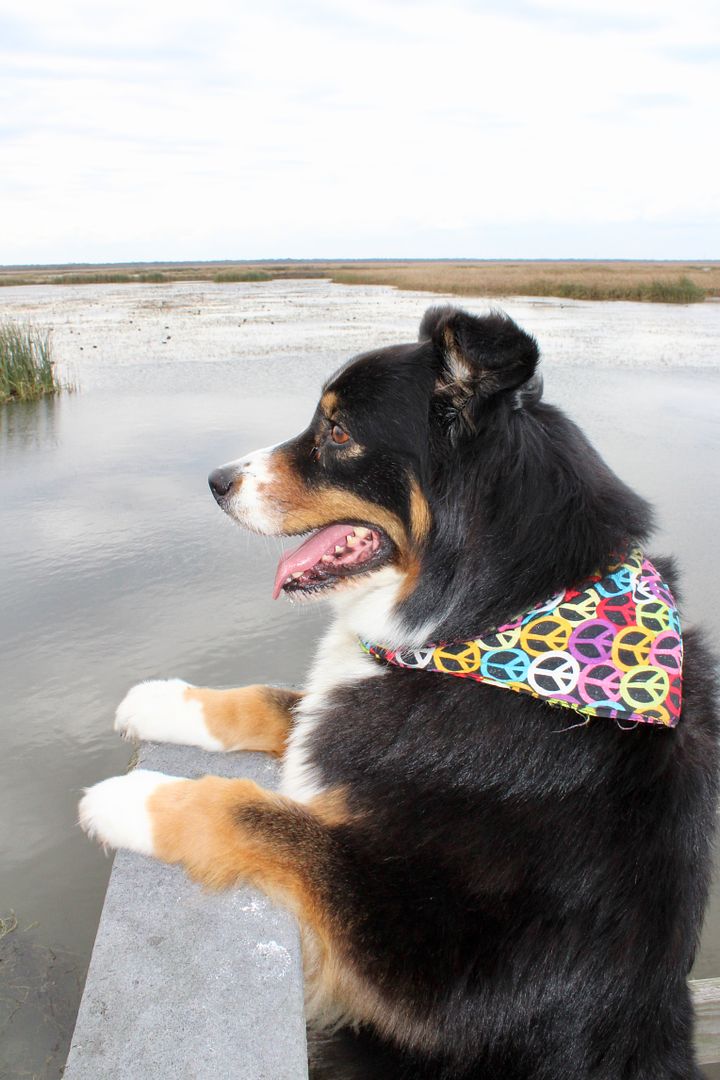
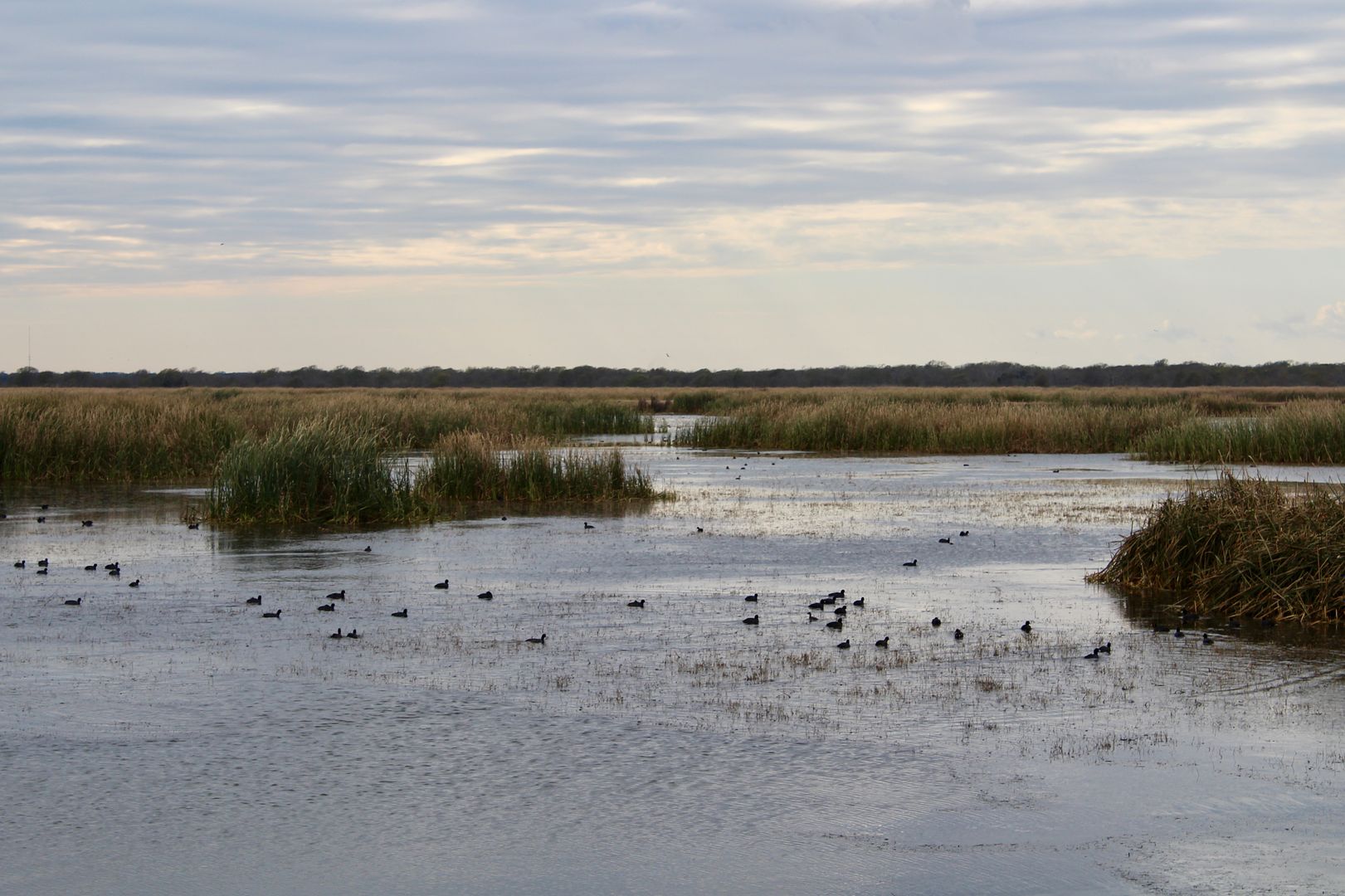

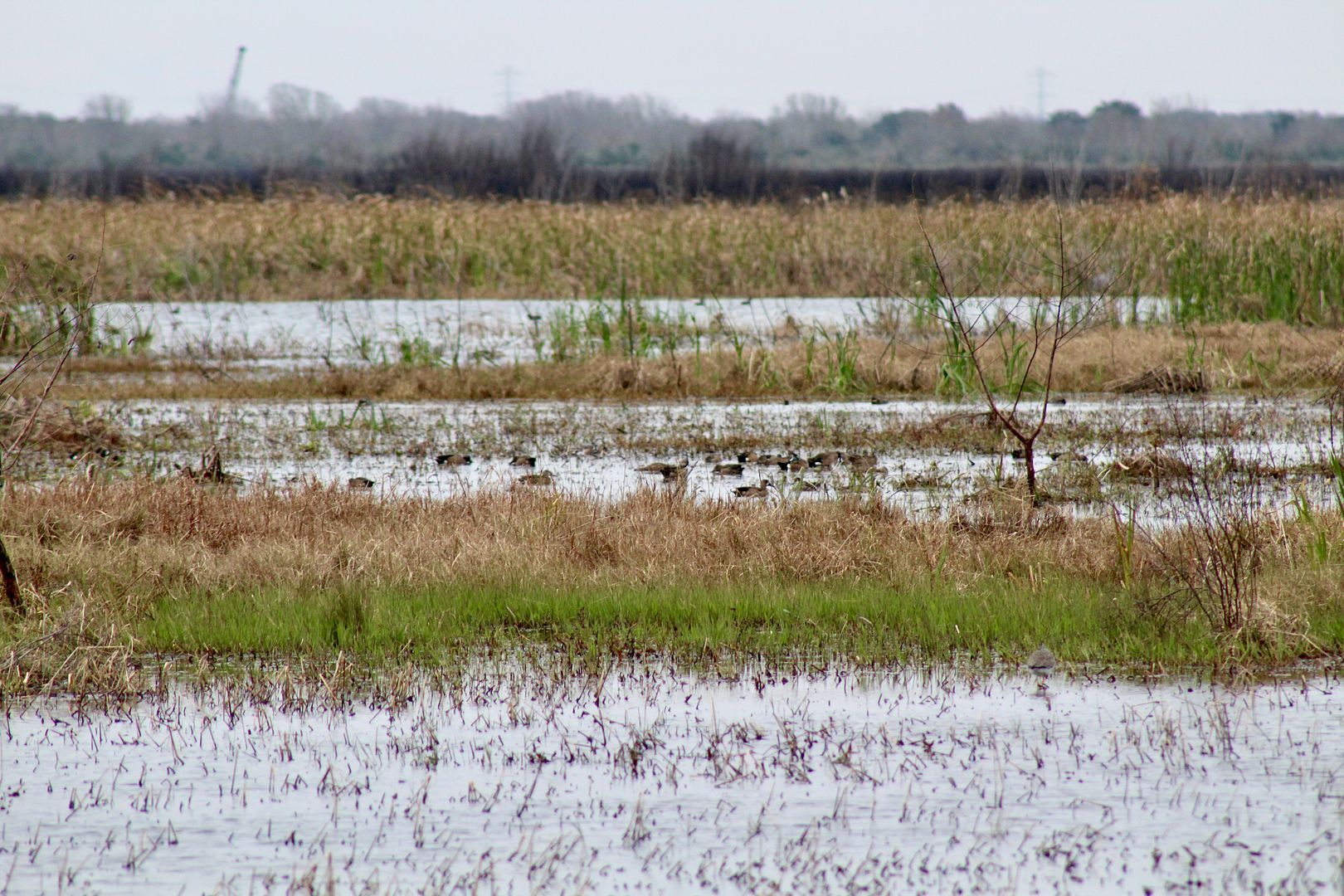
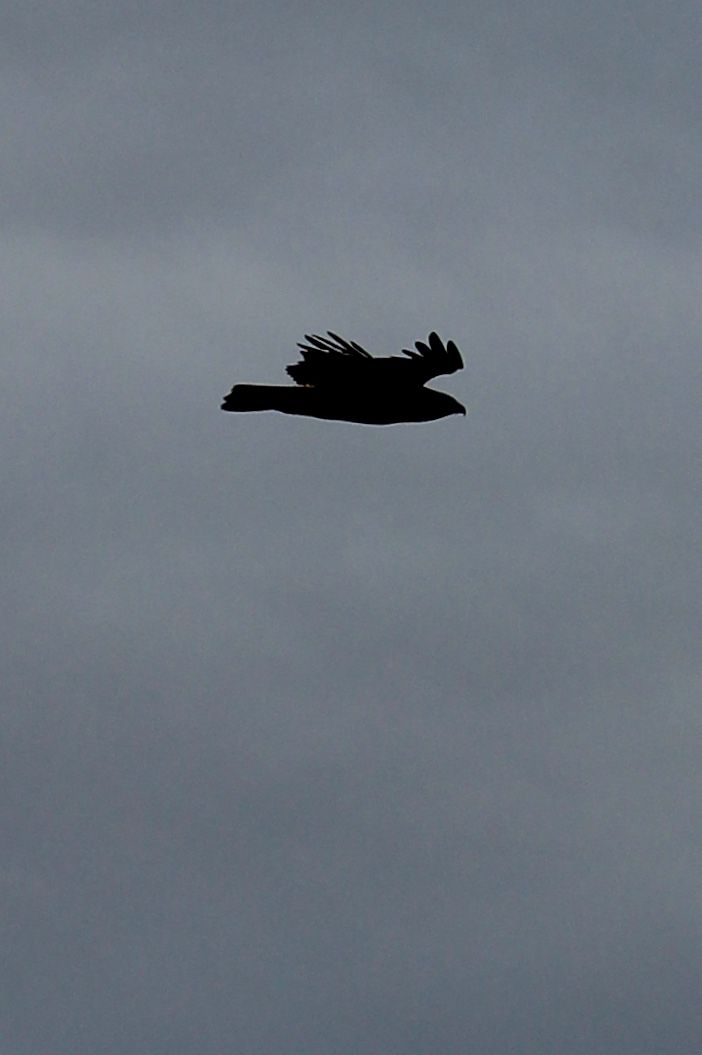
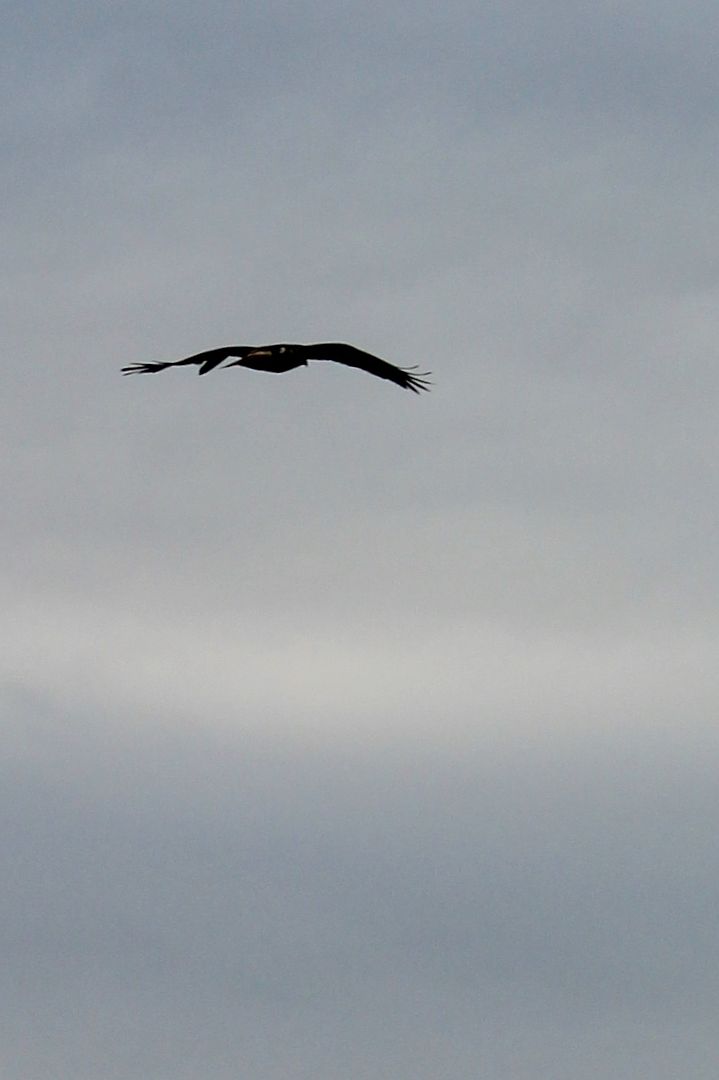
No comments:
Post a Comment